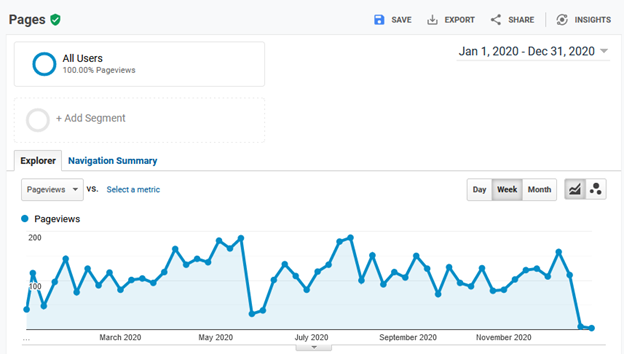
In my previous post, I presented some experiences with testing and the resulting epiphanies. In this post, I talk more about the process I applied.
The process is simple, yet that’s what makes it difficult. The key to success is to take it slow.
The question
Start with something simple (and then simplify it). Your first questions will invariably be too big to answer all at once, so think, “baby steps.”
Instead of asking, “How can we improve our documents?” I asked, “What do users think of our table of contents (ToC)?” Most users don’t care about how we can improve our docs, unless they’re annoyingly bad, so they don’t give it much thought. They do, as we found out, use the ToC, and we learned that it wasn’t in a way that we could count.
The sample
Whoever you can get to sit with you. Try to ask people who are close to your target audience, if you can, but anyone who is not you or in your group is better than you when it comes to helping you learn things that will help you answer your question.
The process
Listen with a curious mind. After coming up with an answerable question, this is the next hardest thing to do—especially if people are reviewing something that you had a hand in writing or making.
Your participants will invariably misinterpret things and miss the “obvious.” You’ll need to suffer through this without [too much] prompting or cringing. Just remind yourself those moments are where the learning and discovery happen (after the injuries to egos and knees heal, anyway).
When the participant asks for help, such as, “where’s the button or link to do ‘X’?” A trick I learned from more experienced usability testers is to ask them, “where do you think it should be?” That way you learn something about the user experience, rather than just finishing the task without learning anything. If they’re still stumped, you can help them along, but only after you’ve learned something. Remember, you’re there to learn.
Continue reading “Tips for conducting documentation research on the cheap”





